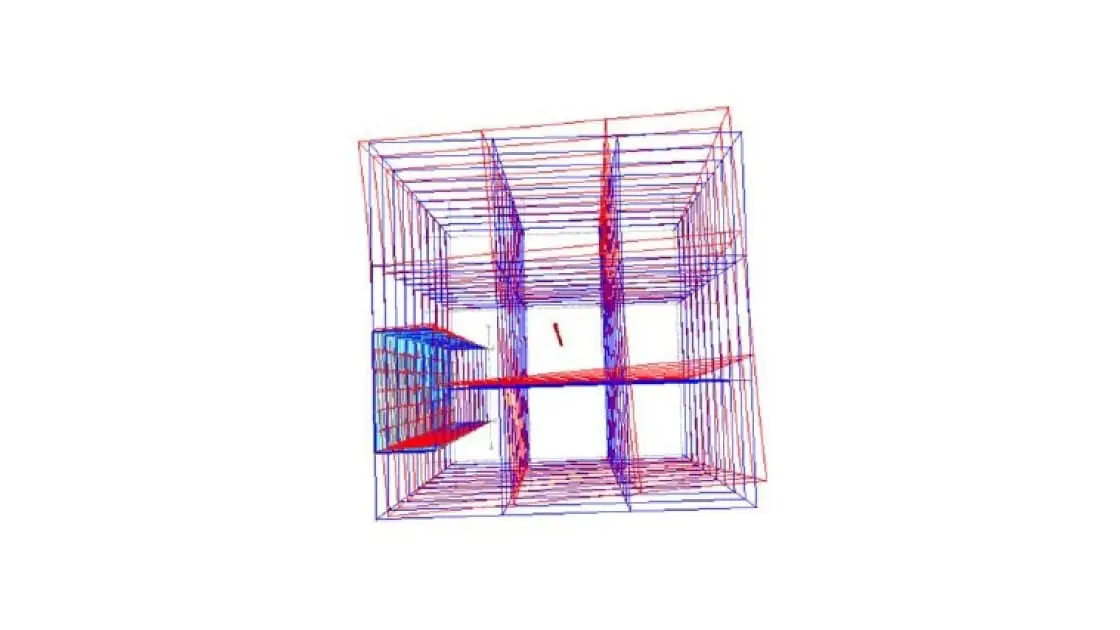
3D Sway Effects of Multi Storey Building
Summary
Understanding Structural Sway Under Vertical Loads
Many structures naturally sway under vertical (gravity) loads. While this sway is typically minimal, it can sometimes introduce significant changes to the expected moment diagrams in beams. These changes may affect the overall performance and safety of the structure, requiring engineers to account for sway in their design calculations.
Effects of Sway on Structural Sway Under Vertical Loads
Sway under vertical loads can impact various elements in a structure, including:
- Beams: Changes in moment diagrams may lead to unexpected force distributions.
- Columns and Walls: Axial forces and moments in columns and walls can shift significantly due to the sway, potentially causing instability if not accounted for.
Ignoring these effects may lead to structural inefficiencies or, in extreme cases, failure.
Importance of Notional Load Cases
To address the impact of sway, engineers must conduct checks for load combinations that include notional load cases. These cases simulate small lateral forces applied in harmony with the natural sway of the structure, ensuring:
- Accurate representation of the structure’s behavior under combined loading.
- Adequate safety margins in design to prevent unexpected deformations or forces.
- Compliance with structural codes and best practices.
Who Should Consider Notional Load Cases?
Structural Sway Under Vertical Loads and designers working on multi-storey buildings or other sway-sensitive structures must incorporate notional load cases into their designs. This practice is especially important in tall, slender, or flexible structures where natural sway is more pronounced.
Real-World Applications
Discover how engineers use ProtaStructure to address structural sway and improve design accuracy:
- Visit our Projects Gallery for real-world examples.
- Explore inspiring Customer Success Stories showcasing innovative designs.
Benefits of Considering Sway in Design
By accounting for sway under vertical loads and applying notional load cases, engineers can:
- Improve the accuracy of force and moment calculations in structural elements.
- Enhance the safety and stability of beams, columns, and walls.
- Ensure compliance with design codes and standards, reducing risk during construction and operation.







